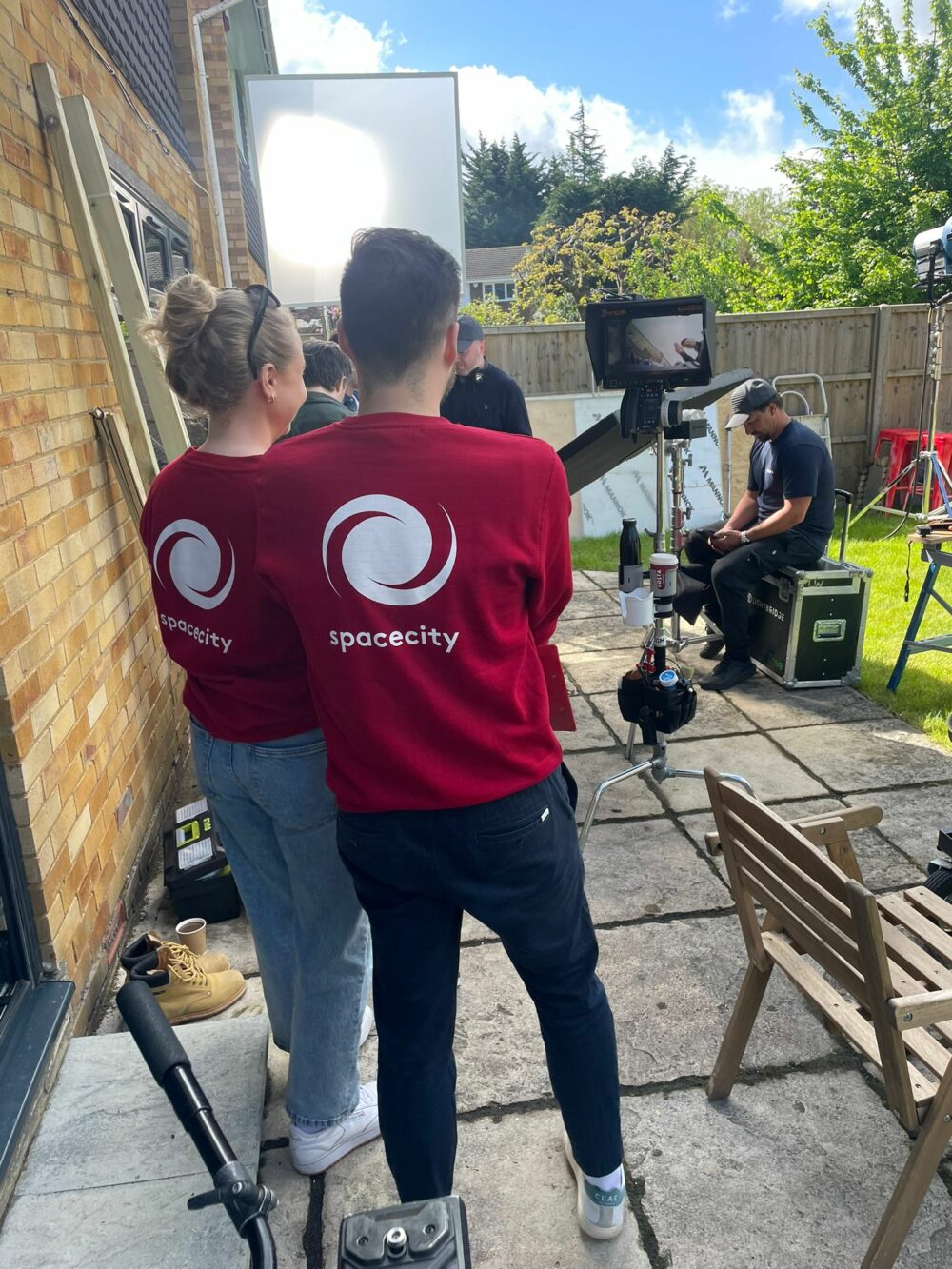STIMULATING Adverts have served to lead TV to the pinnacle of advertising effectiveness and sales elicitation: ensuring consumption though is challenging.
With the emerging data from Facebook pouring scorn on the effectiveness of TV advertising in an age of mobile usage, the strength of online and the waning attention span of consumers, TV would appear to be nearing redundancy as a reliable, attributable ad medium.
However the very metrics that have served to strengthen TV’s ability to elicit short and long-term sales: visual quality, music, the creative, audience scale, trust and display, can continue to assert TV’s dominance in an increasing era of ad neglect.
Within the study by Facebook (biased perhaps we know), analysing the viewing behaviour of consumers during just one show, there was a visible spike in visits to the social media site during the ad breaks.
During the broadcast there were average Facebook consumption figures that constituted under 10% of the audience, with this rising to over 20% when commercial breaks were in force.
While this may point to a miscarriage of trust and credibility on TV’s part, it is in fact yet another stimulus from online for TV to react to as it continues to evolve and provide more effective advertising compared to online.
Whereas previously it was the ability to attain measurability, attribution and automation with online, now consummately ubiquitous with the presence of addressable, programmatic and interactive advertising.
TV reacted to that warning in unequivocally fastidious fashion, enabling even more efficiency, savings and sales increases for businesses as a result.

Ultimately though it is once again damning on the part of TV, broadcasters and agencies for not instigating such change sooner within their own metrics.
Knowing that distraction metrics existed to distort the true picture of genuine ad consumption, complacency once more has dealt a temporal commercial blow.
While this blow may not provide the overall decline in TV advertising consumption, akin to the fallout post-crash of 2008, business utilisation of TV is likely to stagnate with the ever- increasing clamour from marketers to have greater transparency with their marketing.
Of course for TV to provide similar analytics metrics the industry would have to deliver unprecedented levels of intrusion into the viewing habits of viewers; although not impossible it would represent a cataclysmic paradigm shift.
The more realistic and easily attainable means of stimulating your consumers, while maintaining the inherent credibility, success and upscaling is through creating a more disruptive, culturally reflective ad that can circumvent the gravity of a mobile phone.
As a consequence, in order for your business to reap the financial rewards that TV brings, ensuring that your agency or production company produces a creative that provides the authority and emotive introduction is imperative.
Stimulating any audience is challenging without a clear, coherent and consistent brand rhetoric, therefore ensuring that is intrinsically emotive and incentivised is key.
Conversely considering the substantiation provided by Thinkbox stipulates that TV sets are not turned off or switched over during commercial breaks, ensures that your creative has the facility at least to assert its authority over the increasing tendency to utilise devices in situ.
Therefore addressing your consumers from the outset of your ad is crucial, combining this stimulating force with metrics such as music, tone and visual contrast will ensure that a sensory stimuli are engaged within the cortex.
Once they can assimilate within their own minds, the non-stimulative content being consumed on exterior devices will be rendered redundant.
What can add further leverage to your campaign would be reference to those who may not have your attention.
For instance a lower, slower tone conveys greater authority, thus allying this to language and concurrent visual actions will serve to engage otherwise engaged audiences.

Once attention has been commandeered though, focusing on instilling attributable metrics within your ad to support your attribution and measurability is key.
One such popular means of attributing the power of TV to sales would be include visual and auditory promo codes; the imperative is reiteration, repeating it and conveying its benefits through the greatest number of means is vital.
Such codes, as well as incentivising interaction, will also provide valuable CRM assistant and data relating to the power of your creative, which can mobilise your online campaigns too, in the knowledge of your exact consumer base.
What should be avoided though as a means of stimulating consumers is to attempt to implore them to do something that assists your business; it means nothing to them.
YouTube have oft-deployed mechanisms within their ads that beseech the consumer not to press the skip button, but that in itself is simply a waste of time due to the ubiquity of such practises.
By employing an almost begging tact you will ultimately disappoint the consumer long-before end-branding, rendering your ad as both a response piece or brand indexing creative, redundant.
Space City has been producing TV, online and radio ads for 25 years, providing campaigns that have elicited 600% sales increases.
Contact the team now and ensure your advertising creative instils the visual and auditory contrast that stimulates your consumers to purchase thanks to in-house DaVinci Grading.


